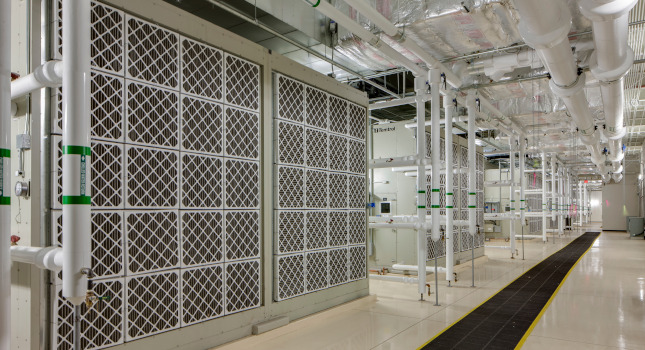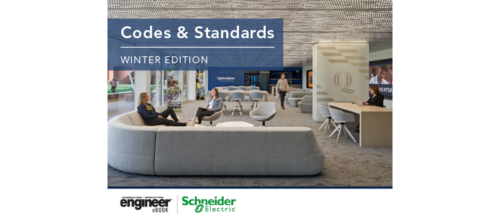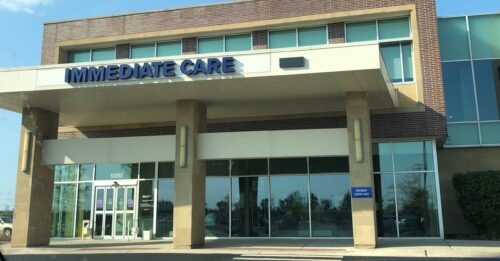What do you need to know about the codes, standards relevant to data centers?
What do engineers need to understand about codes and standards when designing data centers? Learn about the trends here
Data center insights
- ASHRAE, NFPA and several International Code Council codes and standards must be considered when designing data centers.
- Decarbonization is pushing data centers to become energy efficient.
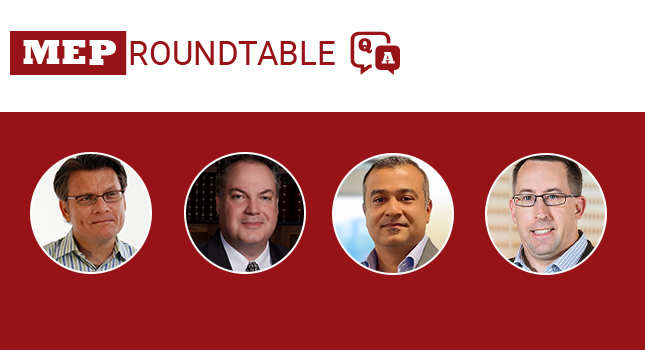
Bill Kosik, PE, CEM, BEMP, Senior Energy Engineer, DNV, Oak Park, Illinois – Brian Rener, PE, LEED AP, Principal, Mission Critical Leader, SmithGroup, Chicago, Illinois – Ameya Soparkar, Market Leader, Mission Critical, Affiliated Engineers Inc., Rockville, Maryland – Robert Sty, PE, LEED AP, Vice President, HDR Inc., Phoenix, Arizona
Respondents:
- Bill Kosik, PE, CEM, BEMP, Senior Energy Engineer, DNV, Oak Park, Illinois
- Brian Rener, PE, LEED AP, Principal, Mission Critical Leader, SmithGroup, Chicago, Illinois
- Ameya Soparkar, Market Leader, Mission Critical, Affiliated Engineers Inc., Rockville, Maryland
- Robert Sty, PE, LEED AP, Vice President, HDR Inc., Phoenix, Arizona
Please explain some of the codes, standards and guidelines you commonly use during the project’s design process. Which codes/standards should engineers be most aware of?
Robert Sty: The codes used in the design of data centers are driven by the specific municipality and its authority having jurisdiction (AHJ) review for compliance. Some of the more recent impacts to design have come through the adoption of new energy storage technology, such as lithium-ion. Although there is a potential fire risk, there are also many benefits in using this technology if done so in a safe manner and in accordance with the governing codes and standards. NFPA 855: Standard for the Installation of Stationary Energy Storage Systems is just one standard that designers should become familiar with. Uninterruptible power supply battery room size, fire rating and fire suppression systems are all impacted using these types of battery chemistry.
How has ASHRAE Standard 90.4-2019: Energy Standard for Data Centers (or other editions) affected your work?
Robert Sty: It is always good to have standards that address specific building types instead of trying to force fit another standard. Data centers are very specific and specialized in the systems and the critical loads they support. As with any standard, the initial roll out will need updating. It is important that, as industry professionals, we provide feedback to ASHRAE on how the standard is being leveraged and the potential shortcomings of the original publication.
What are some best practices to ensure that such buildings meet and exceed codes and standards?
Robert Sty: Many municipalities adopt the same grouping of building codes, such as those from International Code Council or NFPA. Municipalities could be leveraging different versions or have specific adopted amendments for that region. Do your research and undertake this early. If you are unsure of the local code requirements or if there is confusion or contradiction, engage the local AHJ early in the design process to help understand and clarify any questions. Keep in mind, there is no substitution for a robust internal quality review program by the engineer of record, as well as another qualified design professionals within the firm.
How are codes, standards or guidelines for energy efficiency impacting the design of data centers?
Robert Sty: Data centers are naturally energy intensive facilities. For years, data centers have responded to ASHRAE 90.1/90.4, California Title 24, U.S. Green Building Council LEED, The Green Grid’s PUE and other similar codes and standards. The key narrative driving most of the discussion is the need for carbon neutrality and decreased water use as defined by various corporate environmental, social and governance (ESG) programs. This includes reduction in embodied carbon through new material selection. Our sustainability engineers have teamed with our power delivery teams to investigate the use of hydrogen as an alternative to fossil fuels. These solutions, along with other technologies, must fit the appropriateness for the resiliency and uptime required by mission critical facilities. I look at some of these challenges as our industry’s moon shots. The opportunity to innovate is exponential.
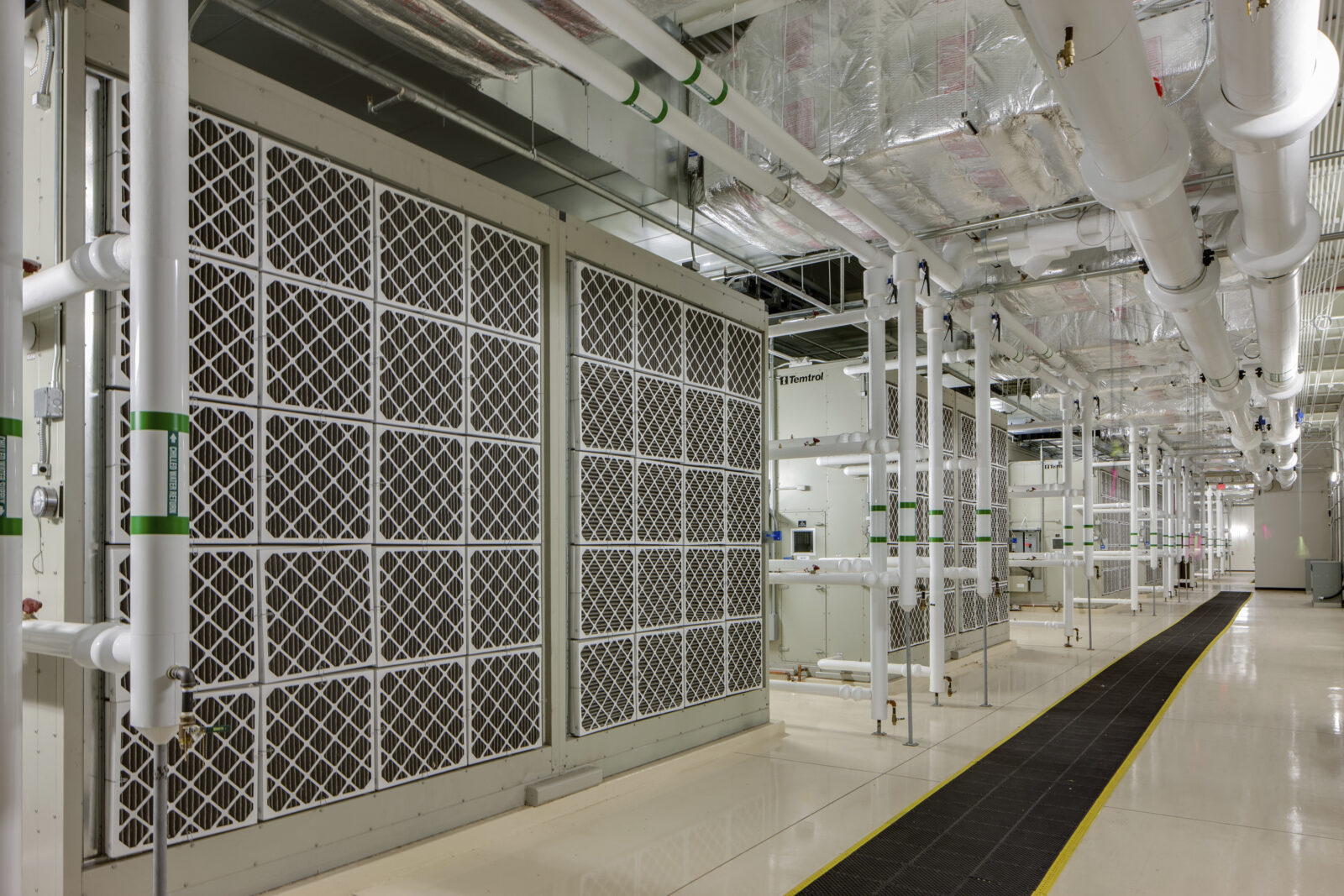
The University of Utah Downtown Data Center in the high desert of Salt Lake City uses a combination of outside air-free cooling economizer, direct evaporative cooling and fluid coolers for an up to 10 MW predominantly air-cooled system (with a limited amount of liquid-cooled high-performance cooling). Courtesy: SmithGroup
What new or updated code, standard, guideline organization or association do you feel will change the way such projects are designed, bid out or built?
Robert Sty: As municipalities adapt to the incorporation of large-scale data center deployments, we will see new development guidelines that engineers must address. Chandler, Arizona, has updated its ordinances to address the development of new data centers where it is the primary use on the property; versus a smaller support data center within another building type such as office or research and development manufacturing. Most of Chandler’s ordinance addresses noise concerns from heat rejection equipment and standby generators. Other municipalities are following suit and may adopt requirements limiting the size, location, noise and water use.
What are some of the biggest challenges when considering code compliance and designing or working with existing buildings?
Ameya Soparkar: I see codes as means to create order and they always track innovation. Because innovation is paired with failure and waste, when something works and is determined to be a good solution, it becomes a best practice, a standard and then a code. So, codes always lag innovation and by design they are supposed to be risk averse so that catastrophes can be avoided. The challenge happens when the prevalent code is too much lagging the new best practice and is no longer the best way to do things with all the technology changes and innovation. Getting something approved that is not published as code I believe is a continued challenge.
Robert Sty: We have seen several investment groups investigate the purchase of existing industrial warehouse buildings with the intent to modify them into data center facilities. Depending on the age of the building, certain modifications may trigger updates to other portions of the building, such as Americans With Disabilities Act access to the building and requirements for restrooms. Depending on the property, there may not be enough area for heat rejection equipment, which would leave the roof as a potential location. Beyond the added structural systems to support the equipment, certain locations require seismic analysis and potential upgrades of the existing building, which could become extremely costly. It is always advised to perform a building assessment before the purchase of the building to get an understanding of what may need to be modified to meet current codes.
Do you have experience and expertise with the topics mentioned in this content? You should consider contributing to our CFE Media editorial team and getting the recognition you and your company deserve. Click here to start this process.
